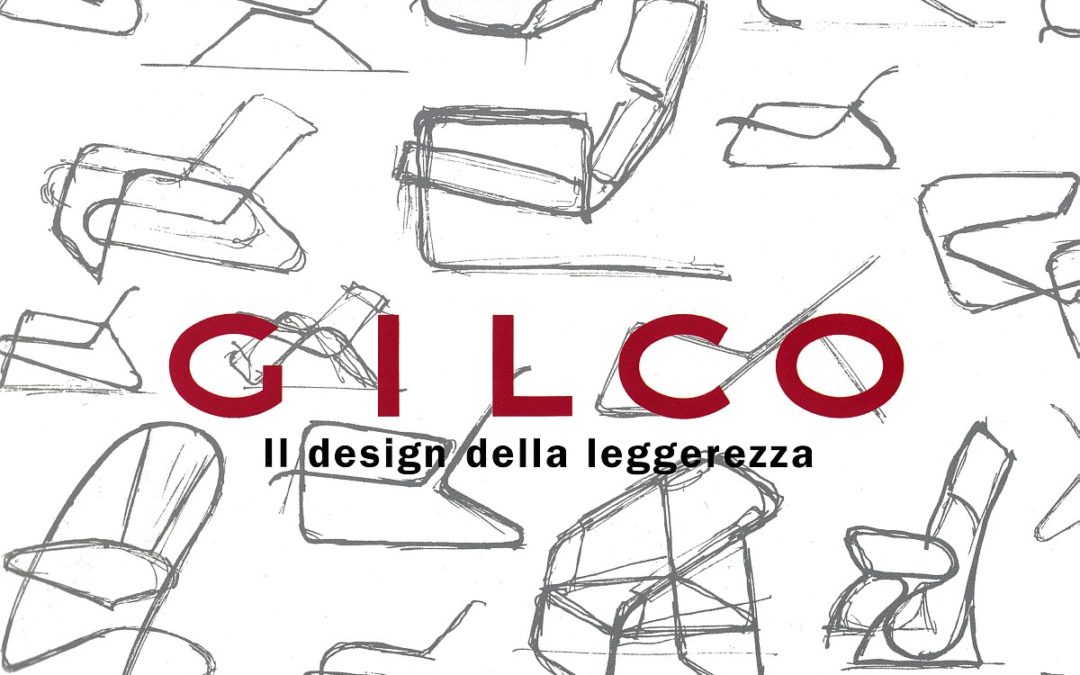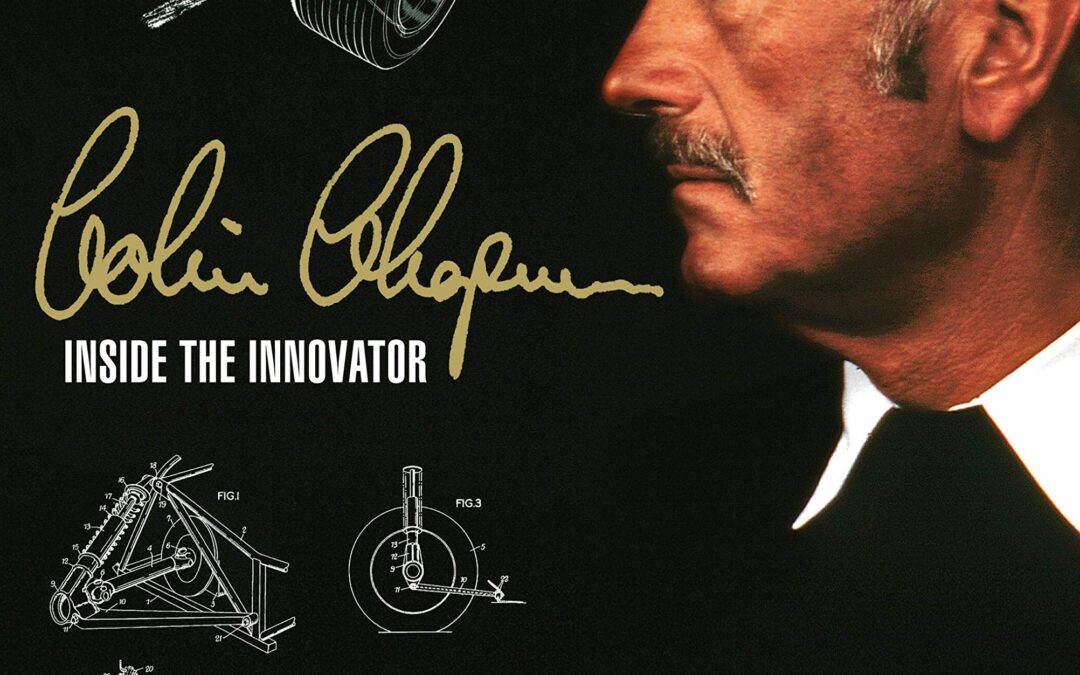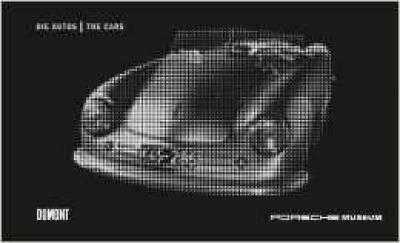
It is not a coincidence that the year, 2017, marks the 70th anniversary of both Ferrari and the historic Gilco brand. It’s the natural consequence of a joint all-Italian piece of history, one that saw the two enterprises start together and tightly cooperate for many years.
It was 1947 when Gilberto Colombo set up his operations to design and develop new ground-breaking, ultra-light car frames, drawing on his precious experience, especially his work with the aviation industry.
Among further applications, he also started producing rational tubular furniture, as previously produced by his father’s company, on Bauhaus designs, since the 1930’s.
While Enzo Ferrari was turning his machine tool production business into a racing car development firm, thus launching the Ferrari brand, Gilberto Colombo, after transforming his GC Automotive Application unit into Glico Autotelai (Gilco car frames), founded the Gilco brand.
Gilco (obviously an acronym for Gilberto Colombo) has since signed an incredible series of innovative ideas that revolutionised quite a few of the basic concepts on which racing car development was based. His new sophisticated design for industrial production gave a great impulse to some then uprising Italian companies that are still among the most important worldwide today.
Among these, on top of major car brands like Ferrari, Maserati, Alfa Romeo, Lancia, Zagato and more, are the most important bicycle companies: Ernesto Colnago, Columbus and Cinelli; and nautical companies: Cantieri Folli and Lillia, whose most valued, world championship winning Star sailboats were designed by Gilberto Colombo. On top of all that, interesting architectural designs, and, obviously, tubular furniture.
Today Gilco is a historical brand, strong of a prestigious archive of original designs, but also engaged in building the future. An important part of the legacy of Gilberto Colombo, on top of said archive, is Trafiltubi, the company he founded to produce super-high-performance tubes aimed at extreme applications and whose enduring high-quality production bears witness to its motto: “il tubo non tradisce mai”. (a tube will never let you down).

Renowned as one of the greatest creative forces in the world of the automobile, Lotus’s Colin Chapman (1928–82) left a mixed legacy. Was he an unparalleled innovator or an uninhibited exploiter of the uncredited ideas of others? In this landmark book, celebrated author Karl Ludvigsen gets to grips with the legend, digging deep beneath the skin of Chapman and his cars to explore and expose the motivations that drove this mercurial and controversial genius. Interviews with key figures in the Chapman story mesh with information from the author’s extensive archives to make this book a unique and compelling encounter between the engineer-innovator and the historian-investigator.
- Conceiving concepts: assessment of the man whom Keith Duckworth described as ‘the most brilliant conceptual engineer I’ve known’.
- Engine enterprise: recognising that he was, in his words, ‘not an engine man’, Chapman made the best of engines available to him, whether Ford 1172 side-valve, BRM H-16, Cosworth DFV V8 or Pratt & Whitney gas turbine.
- Transmission topics: this chapter moves through Lotus-designed ‘Queerbox’ transaxles, four-wheel drive, automatic clutch actuation and much more.
- Suspension sagas: from makeshift suspension ingenuity on his first Austin-based special to espousal of active suspension just before his death, Chapman gained and exploited an advanced understanding of a car’s underpinnings.
- Structure stories: Chapman’s accomplishments in this field are numerous. Best-known among them are his monocoque innovations, in glass-fibre for the Elite road car and aluminium for the F1 Type 25.
- Whittling weight: obsession with lightness was a Chapman mantra throughout his life. It contributed hugely to the success of his cars, occasionally at an expense of strength and safety that scared off some drivers.
- Aerodynamic adventures: Chapman enjoyed aerodynamics — ‘a very absorbing subject’ — and was at the forefront of major F1 developments in this area.
- Discovering downforce: early insights with wings and wedge-shaped bodies, exemplified by his Types 56 (Indycar) and 72 (F1), led ultimately to the pioneering breakthrough of traction-enhancing ground effect, which reached full flowering with the F1 Lotus 79.
- Ludvigsen gives special attention to Chapman’s exploits at Indianapolis, where he and his cars transformed the nature of America’s premier race with stunning innovations far from the safety of home.

Colin Chapman’s previous attempts at producing a Formula 1 car had been a complete disappointment. Despite being technically advanced, extreme lightness led to numerous structural failures.
In 1960, Chapman decided to start with a clean sheet of paper, assessing the basic requirements for a contemporary Formula 1 car, and identifying how to achieve them in the most straightforward, uncomplicated way. The result was one of Chapman’s greatest creations – the Lotus 18 – a trendsetting, rear-engined car that was to set new performance standards from the outset.
Driven by some of the top drivers of the era – including Innes Ireland, Jim Clark, and John Surtees – it was Stirling Moss who made the car’s name, winning four Grands Prix, including his sensational victories over Ferrari, against all odds, at Monaco and the Nürburgring in 1961.
This book descibes the history of the Lotus 18 throughout its 7-year competition career, via season by season summaries, and provides detailed appendices charting the individual histories of all 28 chassis that were built. Full race results are also presented, along with driver achievements.

Smart design solutions, pioneering technology and classic vehicles all come together at the new Porsche Museum at Stuttgart-Zuffenhausen. Housed at Porsche’s headquarters, the museum displays the diversity of the Porsche brand to international visitors. This museum guide walks the reader through the Porsche Museum’s chronological design for its exhibition, describing all the vehicles and tracing Porsche’s history from 1900’s legendary Lohner-Porsche-the world’s first hybrid automobile-to the present crop of 911 Turbo Porsches. The Cars traces the evolution of Porsche’s always ambitious design ideals, which revolve around speed, lightness and strength-still the firm’s guiding watchwords. This book illustrates and discusses every vehicle exhibited in the Porsche Museum, combining recent studio images with material from the Porsche archive to produce a comprehensive survey of Porsche’s most important vehicles.






